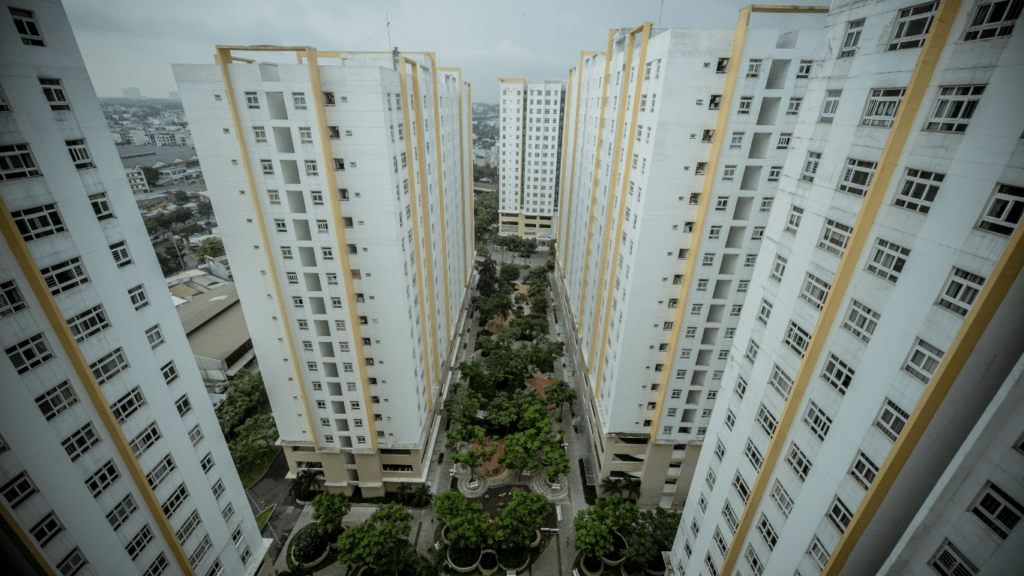Curious about the rollercoaster ride of housing markets worldwide? From soaring booms to sudden busts, the housing market is a dynamic sector that impacts economies globally. As I delve into the fluctuations of real estate trends around the world, you’ll uncover the factors driving these dramatic shifts.
Exploring the highs and lows of housing markets offers valuable insights into the interconnected nature of economies and the ripple effects of market dynamics. Through this article, I’ll guide you through the ebbs and flows of housing market cycles, shedding light on the patterns that shape our living spaces and financial landscapes.
Join me on a journey through the fascinating world of housing market booms and busts, where trends emerge, prices fluctuate, and opportunities abound. Let’s unravel the mysteries behind the rise and fall of real estate markets across the globe.
Overview of Housing Market Dynamics
Exploring housing market dynamics worldwide reveals the intricate balance between booms and busts. Understanding the pivotal drivers behind these fluctuations provides valuable insights into the global economy’s interconnectedness.
Delving into housing market cycles uncovers profound patterns shaping both residential landscapes and financial arenas. As we navigate through real estate trends, price variations, and emerging opportunities, a deeper understanding of the sector’s complexities emerges.
Causes of Housing Market Booms
Exploring the causes of housing market booms provides valuable insights into the factors contributing to these significant economic shifts. Let’s delve into the key drivers behind these booms in the real estate sector.
Economic Factors
Economic factors play a pivotal role in driving housing market booms. When the economy is thriving, with low unemployment rates and rising incomes, individuals and families feel more confident in investing in real estate.
The increased purchasing power and positive economic outlook lead to greater demand for housing, driving up prices and creating a boom in the market.
Policy Factors
Government policies and regulations also significantly impact housing market booms. For instance, policies that promote homeownership through incentives such as tax breaks or subsidies can stimulate demand for housing and contribute to a market boom.
Additionally, low interest rates set by monetary authorities can make borrowing more affordable, further fueling housing market growth. In contrast, sudden policy changes or regulatory interventions can swiftly alter market dynamics, potentially leading to a market downturn.
Impacts of Housing Market Booms
When housing markets experience booms, there are significant impacts on various aspects of society and the economy. Let’s delve into the effects of these market upswings.
Socioeconomic Effects
During housing market booms, there are several notable socioeconomic effects that can be observed:
- Wealth Effect: As property values surge, homeowners’ net worth increases, leading to a sense of wealth accumulation and improved consumer confidence.
- Investment Behavior: Homeowners may choose to leverage their increased home equity for further investments or renovations, stimulating economic activity.
- Affordability Challenges: Rising property prices during booms may pose challenges for first-time buyers and lower-income individuals, potentially leading to housing affordability issues.
- Migration Patterns: Booming housing markets can influence migration patterns, with people moving to areas experiencing rapid appreciation in property values.
Financial Ramifications
The financial repercussions of housing market booms are crucial to understand for both individuals and policymakers:
- Speculative Activity: Booms can attract speculators looking to capitalize on the rising prices, potentially increasing market volatility.
- Debt Levels: Increased property values may lead to higher mortgage debt levels for homeowners, posing risks if the market experiences a downturn.
- Banking Sector Stability: The stability of the banking sector can be affected by housing market booms, as banks’ exposure to real estate assets may increase.
- Regulatory Responses: Regulators often monitor housing market booms closely and may implement measures to prevent speculative bubbles or address affordability concerns.
Triggers of Housing Market Busts
Exploring the triggers of housing market busts is crucial in understanding the cyclical nature of real estate landscapes worldwide. While housing market booms are driven by various factors, busts are often precipitated by critical events that signal an impending downturn in the market. Let’s examine some of the key triggers that can lead to housing market busts:
- Economic Downturns: During periods of economic recession or contraction, housing markets are particularly vulnerable to downturns. High unemployment rates, stagnant wages, and reduced consumer spending can dampen demand for housing, causing prices to decline. Economic indicators such as GDP contraction and reduced consumer confidence may signal an imminent housing market bust.
- Speculative Bubbles Bursting: Speculative bubbles occur when housing prices are driven above their intrinsic value due to investor speculation. Bursting bubbles can trigger housing market busts as inflated prices correct to more sustainable levels. Instances where rapid price escalation is not supported by fundamental factors can lead to market instability and eventual downturns.
- Tightened Monetary Policies: Changes in monetary policies, such as interest rate hikes by central banks, can have a significant impact on housing markets. Tightening credit conditions can reduce affordability and dampen demand for housing, leading to a slowdown in the market. Higher mortgage rates can also strain borrowers’ ability to access financing, further exacerbating the risk of a housing market bust.
- Oversupply of Housing Inventory: An oversupply of housing inventory relative to demand can tip housing markets into a bust phase. Excessive construction activities or speculative investments that lead to an abundance of unsold homes can drive prices down and destabilize the market. Regions experiencing an influx of new construction without corresponding demand growth are particularly susceptible to housing market busts.
- External Shocks: External shocks, such as geopolitical crises, natural disasters, or unexpected events, can have ripple effects on housing markets worldwide. These unforeseen events can disrupt economic stability, undermine consumer confidence, and trigger a chain reaction that culminates in a housing market bust. Vulnerabilities exposed by external shocks can amplify market weaknesses and contribute to downturns.
Understanding these triggers of housing market busts enhances our ability to anticipate and navigate volatile market conditions. By identifying early warning signs and monitoring key indicators, stakeholders can better prepare for and mitigate the impacts of housing market downturns.
Vigilance and proactive risk management are essential in safeguarding against the repercussions of housing market busts.
Lessons Learned from Past Housing Market Cycles
Exploring past housing market cycles reveals valuable insights that can guide future decisions in real estate and finance. By analyzing historical patterns, I uncover essential lessons that shed light on the behavior of housing markets and their broader economic impacts.
Let’s delve into the key takeaways from the ups and downs of the housing sector across the globe.
1. Economic and Policy Influences:
- Understanding the role of economic conditions, such as employment rates and income levels, is crucial in predicting housing market movements.
- Government policies, like tax incentives and interest rate interventions, play a significant role in shaping market behaviors.
- Fluctuations in policies can trigger rapid shifts in market dynamics, underlining the need for adaptability and resilience in the face of changing regulations.
2. Socioeconomic Effects:
- Housing market booms have far-reaching socioeconomic implications, including the creation of wealth through rising property values.
- First-time homebuyers and low-income individuals often face challenges in affording properties during market upswings, highlighting the importance of affordable housing initiatives.
- Migration patterns can be influenced by booming housing markets, as individuals seek regions with appreciating property values for investment opportunities.
3. Financial Ramifications:
- Increased speculative activities and higher levels of mortgage debt are common outcomes of housing market booms, posing risks to financial stability.
- Regulators closely monitor market booms to prevent speculative bubbles and address concerns related to affordability and banking sector stability.
- Awareness of the financial repercussions of housing market cycles is essential for implementing effective risk management strategies and ensuring market resilience.
- Economic downturns characterized by high unemployment and reduced consumer spending often precede housing market busts.
- The bursting of speculative bubbles leads to corrections in property prices, bringing market values back to sustainable levels.
- External factors like oversupply of housing inventory or geopolitical crises can trigger market destabilization, necessitating proactive risk management practices.
By internalizing these lessons from past housing market cycles, industry stakeholders and investors can make informed decisions, mitigate risks, and navigate the dynamic landscape of real estate with confidence.





